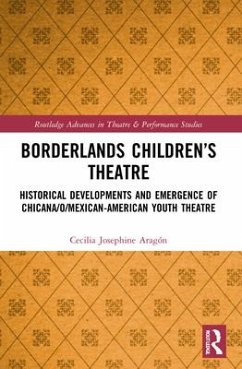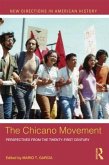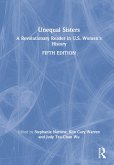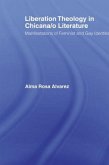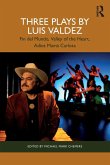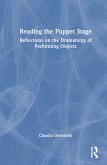This book chronicles the child performer as part of the Chicana/o/Mexican-American theatre experience.
Borderlands Children's Theatre explores the phenomenon of the Chicana/o/Mexican-American child performer at the center of Chicana/o and Latina/o theatre culture. Drawing from historical and contemporary theatrical traditions to finally the emergence of Latina/o Youth Theatre and Latina/o Theatre for Young Audiences, it raises crucial questions about the role of the child in these performative contexts and about how childhood and adolescence was experienced and understood. Analyzing contemporary plays for Chicana/o/Mexican-American child performer, it introduces theorizations of "performing mestizaje" and "border crossing" borderlands performance, gender, and ethnic identity and investigates theatre as a site in which children and youth have the opportunity to articulate their emerging selfhoods.
This book adds to the national and international dialogue in theatre and gives voice to Chicana/o/Mexican-American children and youth and will be of great interest to students and scholars of Theatre studies and Latina/o studies.
Borderlands Children's Theatre explores the phenomenon of the Chicana/o/Mexican-American child performer at the center of Chicana/o and Latina/o theatre culture. Drawing from historical and contemporary theatrical traditions to finally the emergence of Latina/o Youth Theatre and Latina/o Theatre for Young Audiences, it raises crucial questions about the role of the child in these performative contexts and about how childhood and adolescence was experienced and understood. Analyzing contemporary plays for Chicana/o/Mexican-American child performer, it introduces theorizations of "performing mestizaje" and "border crossing" borderlands performance, gender, and ethnic identity and investigates theatre as a site in which children and youth have the opportunity to articulate their emerging selfhoods.
This book adds to the national and international dialogue in theatre and gives voice to Chicana/o/Mexican-American children and youth and will be of great interest to students and scholars of Theatre studies and Latina/o studies.

